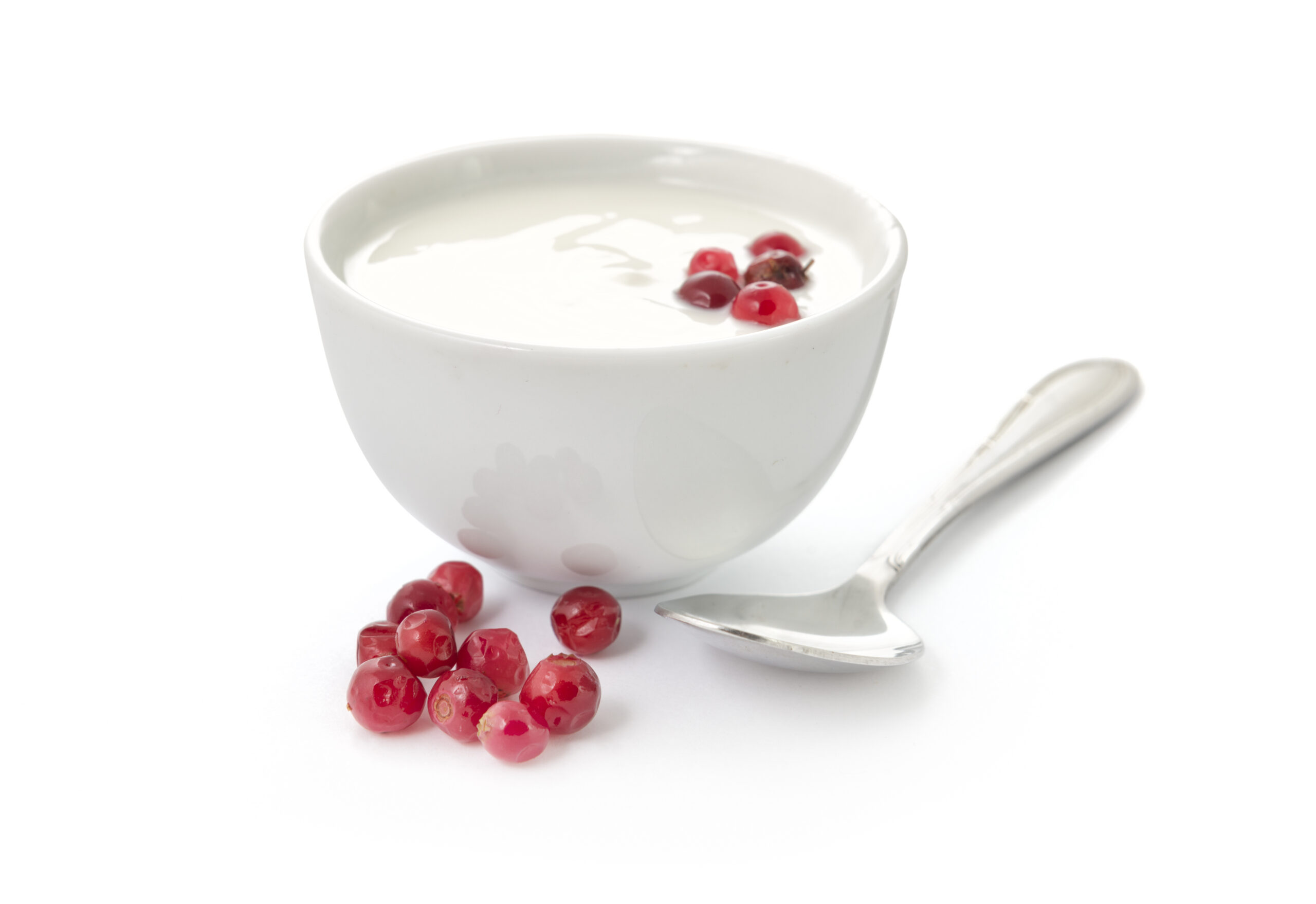But the unappetizing puddle may soon disappear thanks to a new WUR discovery. Like cottage cheese, paint, and coatings, yoghurt is a type of gel: a liquid containing small particles that hold it together. Given enough time, the particles separate from the water in a process known as syneresis. But some gels seem more prone to this process than others. Thomas Kodger and his colleagues in the Physical Chemistry and Soft Matter chair group have discovered why: it all depends on the particles the gel consists of.
Molecular friction
Not every gel has the same components. Gels like yoghurt contain droplets of fat that hold the liquid together while other gels, like paint, contain solid particles. These particles slowly attract each other and form clumps, expelling water like a sponge being squeezed. The type of particle in the gel affects how this process works. Fat forms smooth round droplets that glide past each other, pushing away the water. Solid particles, by contrast, are more angular and have a rougher surface, making it more difficult for them to slide past each other. As a result, they push away less water and display less syneresis than occurs in gels with fat particles, like yoghurt.
Smooth particles push away the water more easily
The researchers did not make their discovery in a bowl of yoghurt but in an artificial system in the lab. ‘Edible gels contain all sorts of ingredients that could affect the study of syneresis,’ explains Kodger. That is why the researchers simplified their gel down to three essential components: water, particles, and a soapy substance. The latter forms a stabilizing layer around the particles. Because they used the same soap and conditions in making both gels, the type of particle was the only possible explanation for the difference in syneresis.
Rough coating
Now researchers know that the smooth exterior of fat droplets exacerbates syneresis in gels they can find a solution for it. One solution might already be in the works at WUR. Researchers at Biobased Chemistry & Technology are designing a substance that forms an edible layer around fat droplets. ‘The layer is rough, making it harder for the fat droplets to glide past each other easily,’ Kodger says. He suspects that this rough coating will reduce the puddle of water on top of your yoghurt. Research in the coming year will show whether that is really what happens.

 Photo: Shutterstock
Photo: Shutterstock